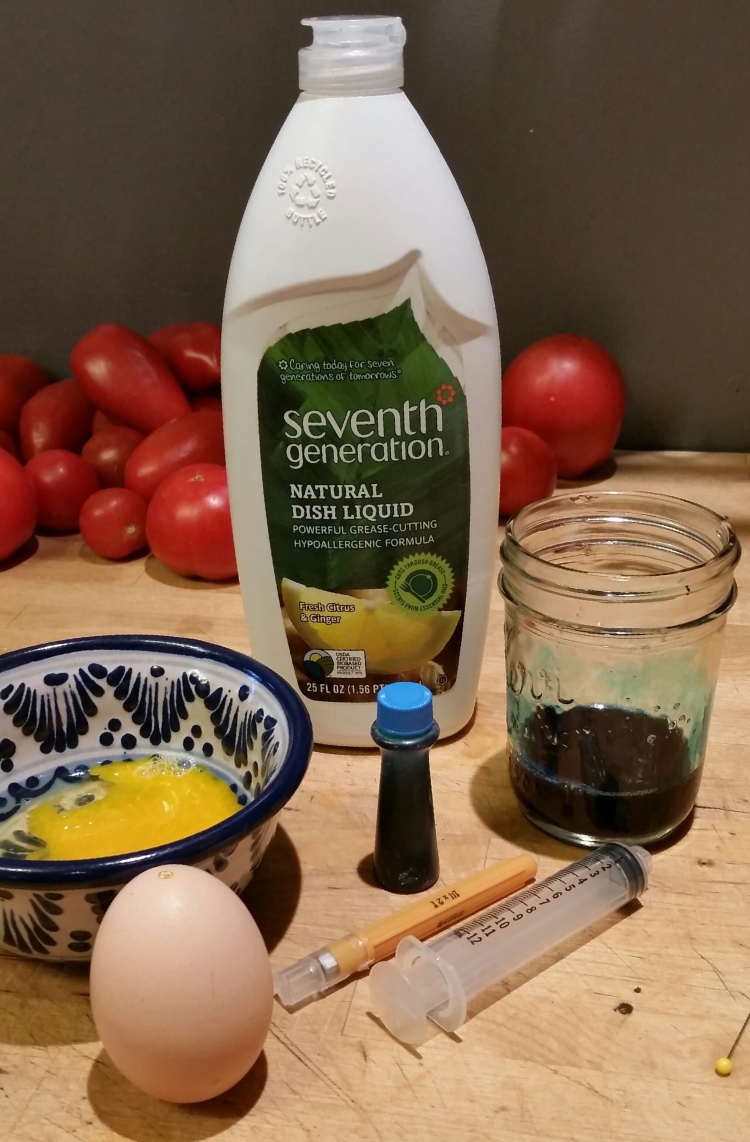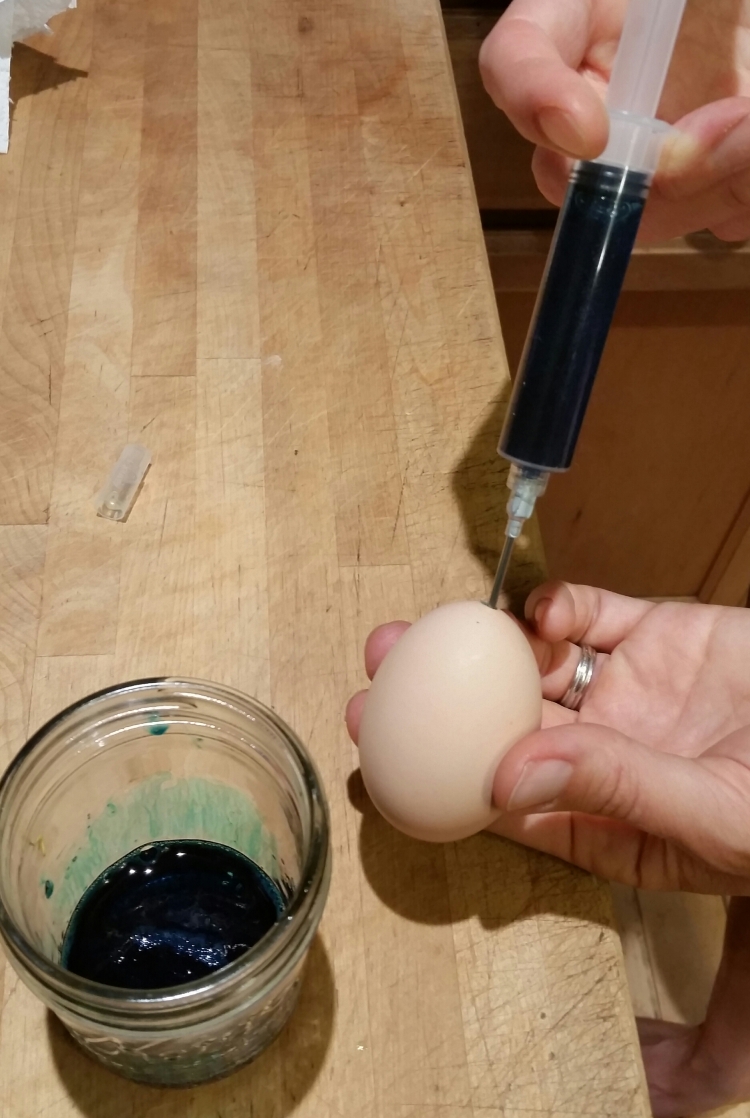We’ve wasted a lot of time and effort trying to outsmart our farm pests and farm livestock. For example:
We’ve lined the base of field fencing surrounding a pig paddock with heavy driftwood in a feeble attempt to keep our pigs from rooting underneath the fence, only for them to toss those logs aside and burrow under and out of the fencing anyway.
I built an elaborate rat trap involving a balanced lever and a bucket, but only managed to catch one unlucky rat (out of many dozens), reducing our overall rat population by <1%.
I bought a geolocating tracker device–the kind you attach to your wallet, if you’re someone who constantly misplaces your wallet–in hopes that I could attach it to a broody chicken mama and she would lead me to her hidden nest. We ultimately stumbled across the nest before I could catch the chicken and figure out how to attach the bluetooth chip (but it’s ready for next time).
In short, our efforts to outsmart the animals have been met with limited success. In the scorecard of Farmers vs. Animals, the animals are leading 40 to 2. Until today. Today the farmers scored 10.
Last week we were collecting 9 or 10 eggs a day; this week, egg output mysteriously dropped to a mere 3 or 4 eggs. The problem became clear when we discovered a sopping wet yolk-y puddle in the nest boxes several days in a row. That can only mean one thing: we’ve got egg eaters (chickens, not humans).
Egg eating is a common problem with chickens, usually resulting from them being hungry or crowded. And once a chicken knows that there’s a high-protein snack so readily available, the egg-eating habit can be hard to break. Our chickens are not hungry or crowded, although they probably didn’t have enough nest box space for the number of chickens we have. I suspect that the problem started by accident; one or two of the hens are laying very thin-shelled eggs. The first ones were probably broken on accident by the next hen that sat on the nest, but once the chickens discovered the contents, they started breaking them on purpose.
In our years of owning chickens, this is the first time we’ve encountered this problem on this scale. We aren’t just losing one or two eggs a day; we’re losing half a dozen. That’s real dollars.
The internet suggests a few approaches to thwart egg-eaters:
- Make sure there are plenty of nest boxes, and make them as private as possible (fixed, Josh added 2 new boxes to the coop).
- Remove the eggs ASAP, before anyone can crack them open (will do).
- Put decoy ceramic eggs in the nest boxes, so that the chickens will get tired of cracking their beaks against something hard (check; you can get these at most farm stores).
- Finally, see if you can find the egg-eating culprit and isolate her.
Here’s where our success story begins.
How to catch an egg-eating hen:
Poke holes in both ends of an egg and blow out the yolk.

Add a few drops of food coloring (I recommend green or blue, since red looks like blood and can cause pecking, and yellow isn’t very visible) to dishwashing soap. Using a 14 guage or larger livestock syringe, inject the colored soap into your hollow egg.

Wipe off any excess soap and use some masking tape to seal the holes on each end. Place in the nest box. Tap your fingertips together and feel diabolically clever.

The genius of this approach is that it both punishes the hen for pecking the egg (because it eats soap–gross) and it identifies the culprit. Just look for the blue beak.
I only had to wait about an hour before my egg-eating hen made herself known. One chicken’s beak was unmistakably blue! You’re going to have to trust me on this, because I couldn’t get a good picture of her. She knew she was guilty and wouldn’t hold still for a mug shot.
So, we isolated her. I set the broken blue eggshell (still full of dishsoap) back in the nest, just in case anyone else wanted to have a peck at it. And sure enough, 15 minutes later, who’s got blue on her face?

Buoyed by my success, I filled a second blown egg with blue dishsoap, and we’ll catch more egg eaters tomorrow.
So far this is only a partial success story. We’ve identified the culprits (10 points for Farmer Gwen!), but haven’t yet broken them of the habit. That will be stage 2, hopefully accomplished by isolation, ceramic eggs, and sore beaks. But if we can’t break them of the habit, then we’ll have chicken soup. Because that’s the inevitable end for an egg-eating chicken.

Gwen, that’s like my red rocks in the strawberry patch. In order to keep the birds from eating all my strawberries I put red rocks in the patch before the fruit arrives. Seriously works!
LikeLike
Our chickens can’t yet access our strawberry patch, but I have that trick tucked away for future reference!
LikeLike
Amazing advice for egg eating! Thank you!
Best rat trap I’ve heard so far but yet to try…. bucket half full of water with surface coated in floating sunflower seeds… looks like solid tasty surface but isn’t. Good luck!
LikeLiked by 1 person
Great idea!
LikeLike